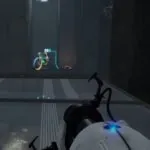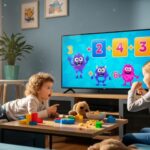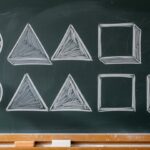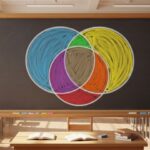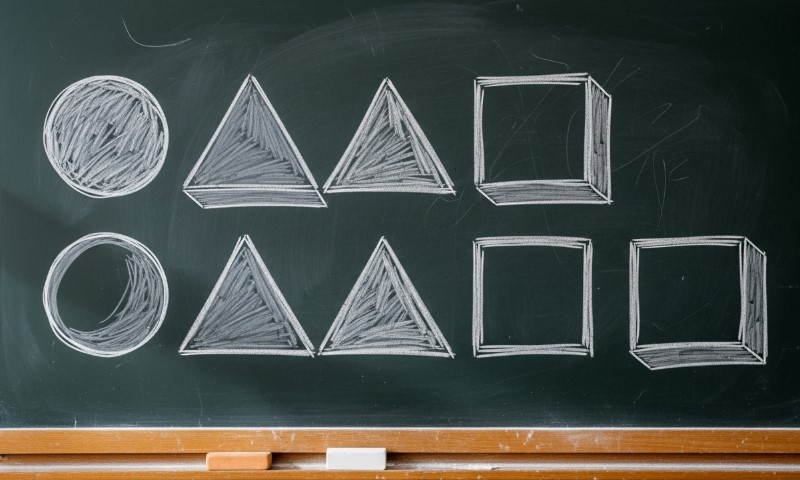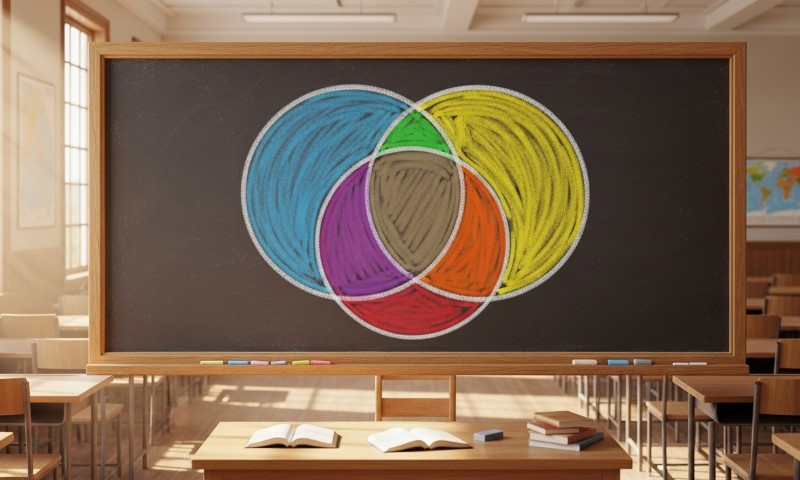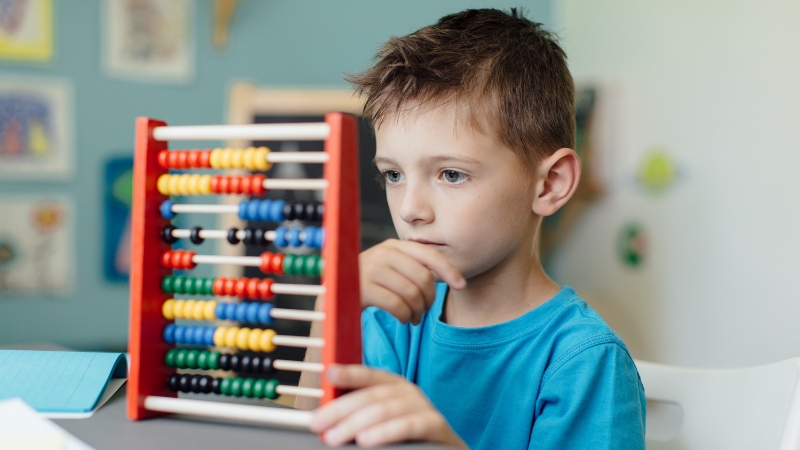
Share Post:
Bilingual kids often show better performance in certain areas of math because their brains are trained to manage two language systems at once, which strengthens executive function, working memory, and problem-solving skills directly linked to mathematical reasoning.
When most people think of bilingualism, they picture cultural fluency or the ability to travel more easily, not better math scores. But mounting research is revealing a surprising twist: children who grow up speaking two or more languages often perform better in certain types of mathematical tasks compared to their monolingual peers.
This isn’t about knowing more vocabulary; it’s about the brain power behind the scenes.
Being bilingual shapes a child’s cognitive development in very specific ways. The constant juggling between two language systems helps sharpen the brain’s ability to focus, switch tasks, ignore distractions, and hold multiple ideas in working memory.
These executive functions, often overlooked in traditional math education, are at the heart of solving equations, understanding patterns, and manipulating numbers in real time.
Table of Contents
ToggleCognitive Advantages Bilingual Kids Bring to Math
Cognitive Skill
How It Helps in Math
Working Memory
Allows kids to hold multi-step problems and temporary calculations in their heads.
Task Switching
Helps children switch between problem-solving strategies or units (e.g., inches to cm).
Selective Attention
Makes it easier to ignore irrelevant information in word problems.
Inhibitory Control
Supports focus by suppressing impulsive or incorrect responses.
Symbol Manipulation
Prepares the brain for understanding mathematical symbols and abstract logic.
Children fluent in more than one language use these cognitive processes constantly. For instance, imagine a child switching between English and Spanish throughout the day.
They’re subconsciously training their brain to inhibit one language while accessing the other, to decode meaning based on context, and to translate while retaining sentence structure.
Now imagine that same child faced with a multi-step math problem, those mental muscles are already warmed up.
Language and Logic: The Shared Foundations of Math Skills
Before we look at how specific languages shape math understanding, it helps to recognize that both language and math are built on rule-based systems. Bilingual children constantly decode grammar rules, syntax, and meaning, just like they later do with mathematical operations.
This shared foundation trains their brains to recognize structure, sequences, and logic across domains, making the transition to math concepts smoother and more intuitive.
How Language Structure Ties into Mathematical Thinking
Interestingly, the structure of a second language can enhance numerical reasoning. Languages like Mandarin or Japanese, for example, have a base-10 number system built into the words themselves.
So instead of “eleven” or “twelve,” you get “ten-one” or “ten-two.” This kind of linguistic clarity can make place value and number relationships more intuitive for young learners.
Even when the languages aren’t math-friendly in their structure, simply being exposed to two systems of syntax and grammar teaches children to think in flexible, layered ways, skills that align naturally with algebraic thinking and logic puzzles.
Children who grow up speaking a language with gendered nouns or complex conjugation rules often show an increased ability to detect patterns, which is one of the foundational skills in early math education.
Cultural Awareness and Problem Framing
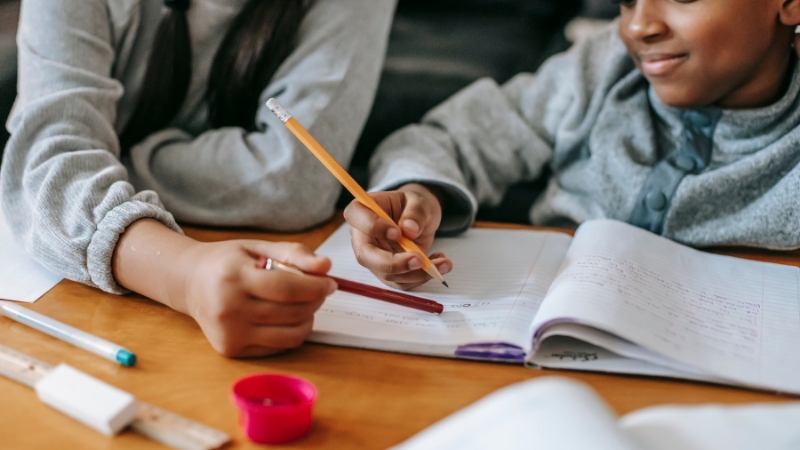
Another overlooked benefit of bilingualism is how it influences the way children approach word problems. A child raised in a bilingual household often understands that there’s more than one way to frame a problem, because they’ve learned to express the same idea in different languages.
This helps in reinterpreting a math question or looking at a scenario from multiple angles.
And this flexibility is where many children struggle most, not with the arithmetic itself, but with the framing of the problem. A bilingual child who’s already accustomed to code-switching and alternate phrasing may be faster at identifying what a question is asking.
Many of the techniques used by bilingual learners align well with math strategies that rely on context clues, estimation, and inference, all essential to higher-order math tasks.
Real Classroom Impact
In multilingual classrooms, teachers often report that bilingual students show strong spatial reasoning and adaptability during group math tasks. While these kids may sometimes take slightly longer to verbalize responses in their non-dominant language, their solutions are often more accurate or more creatively constructed.
In one study by the University of Cambridge, bilingual students outperformed monolinguals on non-verbal math problems, particularly those involving pattern recognition and logic puzzles. This suggests that even when language is not directly involved in the task, the brain training from bilingualism still applies.
Another study conducted in Canada found that bilingual students were better at ignoring misleading cues in math word problems, such as irrelevant numerical details, compared to monolingual peers. This shows the real-world application of their inhibitory control in math tasks.
Supporting Math Learning in Bilingual Kids
@behabbi Forget #girlmath and #boymath, this is bilingual math 🍎 #bilingualbooks #bilingualtoys #bilingualism #bilingualkids #bilingualbaby #bilingualparenting #bilingualfamily #bilingualtoddler #bilingualbooksforchildren #languagelearning #toysforkids #chineseforkids #spanishforkids #frenchforkids #koreanforkids #hindiforkids #behabbi #habbihabbi ♬ original sound – Habbi Habbi Bilingual Toys
Like all children, bilingual learners need structured support, relevant practice, and engaging materials that challenge their thinking. The good news is that their brains are already primed for this kind of deep learning.
Resources that bridge language learning and math skills can be particularly helpful. For example, parents and educators seeking structured activities for multilingual children often benefit from platforms like Kid Inspired, which offers engaging tools that support both language and critical thinking development.
By focusing on foundational skills across subjects, such resources help reinforce the natural cognitive strengths of bilingual learners.
When bilingual kids are allowed to apply their mental agility to mathematical challenges, they often excel,n ot because they’re memorizing faster, but because they’re processing more deeply.
Conclusion
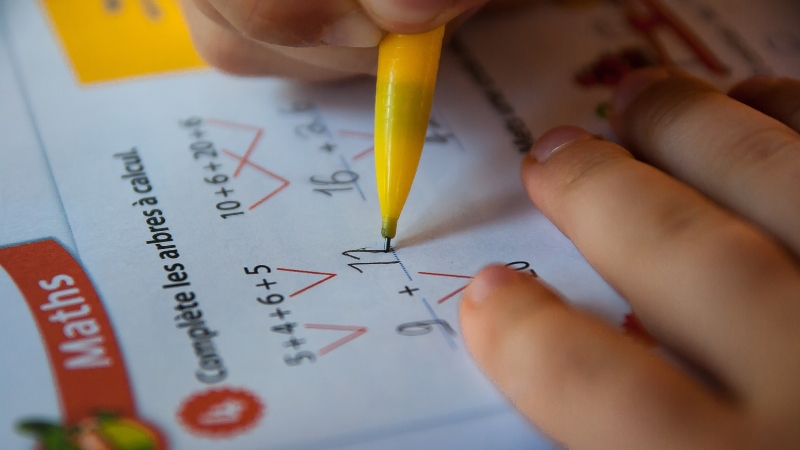
In the end, bilingual children may not always be faster at solving problems, but they often approach them with better tools. The daily cognitive workout of switching languages, filtering, recalling adapting gives them mental skills that line up beautifully with the demands of math.
Whether they’re breaking down word problems, spotting patterns, or managing multi-step operations in their head, bilingual kids are often thinking a step ahead. And in the world of math, where structure, logic, and flexibility matter just as much as numbers, that’s a serious edge.
Related Posts:
- 10 Must-Have Essentials to Prepare Your First Grader…
- Why Are Kids Struggling with Math in School? What’s…
- Why Microlearning Is a Great Way for Kids to Learn…
- Why Is Math So Hard? Exploring Common Challenges
- Why Math Matters in Everyday Life – Surprising Ways…
- Think You're Bad at Math - Here's Why That Might Be…



